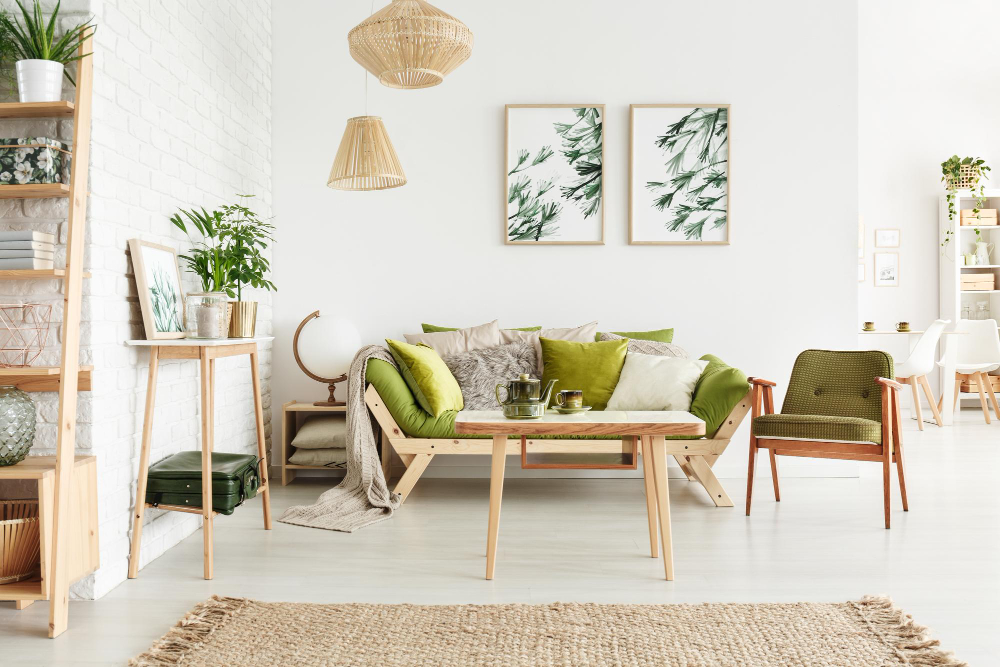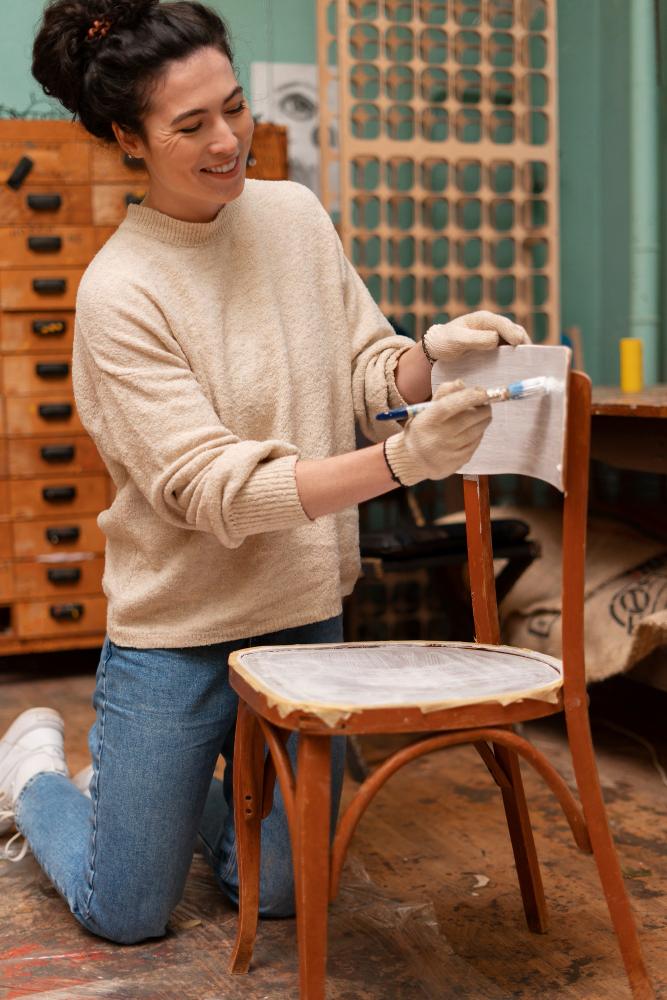Last updated on
Amidst the hustle of everyday living, the aesthetic and comfort value of our interiors becomes a sanctuary we long for. However, our sanctuaries could be inadvertently hosting a silent predator: the furniture we choose.
While aesthetics are key, the impact of our furniture choices on the environment is a discourse that’s gaining ever more prominence. In this comprehensive dive into sustainable living, we explore why the road to responsible furnishing is one more traveled today than ever.
Prioritizing the Right Furniture Type

The type of furniture you need will dictate its impact. Some furniture pieces, such as sofas and chairs, are used daily and have a large footprint in terms of materials and manufacturing processes. Others, like decorative accents or storage units, may not have as significant an impact.
By prioritizing eco-friendly options for high-use furniture items, you can make a big difference in reducing your carbon footprint. For example, opting for a Transformer Table that can serve multiple functions, eliminating the need for additional furniture pieces, or choosing a sofa made from sustainably sourced materials are both great steps towards sustainable living.
Furthermore, investing in high-quality, durable pieces means they will last longer and you won’t have to replace them as often, reducing waste.
The Importance of Non-toxic Finishes
The allure of a freshly polished finish can sometimes be toxic, quite literally. Furniture coatings, typically laden with volatile organic compounds (VOCs), aren’t just harmful during application but continue to emit gases into your home’s air long after the enticing ‘new’ scent fades.
Opting for pieces with natural oil or wax finishes can maintain the gleam without endangering indoor air quality or the health of your family. The peace that ‘peace of mind‘ brings isn’t just a figure of speech when it comes to the well-being of your household.
Moreover, these natural finishes are often better for the environment as they don’t contribute to air pollution and can be sustainably sourced. Aside from VOCs, keep an eye out for harmful chemicals such as formaldehyde and flame retardants in furniture finishes. When in doubt, always ask for materials and production information from the manufacturer.
Recyclable and Upcycled Furniture

The mantra ‘reduce, reuse, and recycle‘ isn’t the purview of cans and cartons alone. Bringing a similar rhythm to your furnishings can spell good news for the environment. Choosing pieces with a second or even third life in mind means that when you decide you’re ready for a change, there’s still hope for a farewell that’s more renewing than remorseful.
The magic of recycling or upcycling isn’t a single act but a cycle – encouraging production and consumption that continually give back to the environment. This approach transforms the narrative around furniture.
It’s about investing in the future, where every table, chair, and complete set is always a part of something greater. When it’s time to say goodbye, you can do so with a clear conscience knowing that your stylish choices have minimized the negative impact on the planet.
It’s More than Just Wood
Certifications from organizations like the Forest Stewardship Council (FSC) and the Programme for the Endorsement of Forest Certification (PEFC) serve as the environmental sheriff of the furniture world. When you shop with an eye for these labels, you’re ensuring that the intricate ecosystem of the world’s forests is in harmony with your design palate.
Ensuring that your mahogany coffee table came from a managed forest rather than an illegally logged jungle isn’t merely compliance; it’s one purchasing decision that can resonate socially and environmentally. The story goes deeper than the product; it’s about the ethics and practices of the companies that reside behind each.
For truly sustainable furniture, consider the entire life cycle of a product, from raw materials to production facilities and labor practices. By choosing responsibly produced pieces, you are supporting companies that prioritize sustainability and fair treatment of employees.
Longevity and Waste Reduction
Fast furniture, just like fast fashion, has its costs. While initially light on the wallet, the cheap particle-board dresser may end in the landfill as its more expensive, hardwood counterpart from a family-owned cabinetmaker beds down for generations in your home, an ongoing investment in both sustainability and ancestral heirlooms.
Selecting pieces that are more investment than impulse can lead to a stunning reduction in the waste your household contributes, advocating for a sustainable simplicity that embodies both classic style and eco-friendly practices. If you do find yourself in need of replacing furniture, consider donating or selling it instead of tossing it away.
It may find a new life with someone else and reduce the amount of waste ending up in landfills.
Know Your Options and Their Benefits
Becoming an eco-furniture aficionado isn’t achieved overnight, but with each piece you consider, you venture further down the path toward a more sustainable existence. Understanding the intricacies of eco-furniture isn’t just about knowing the right brands or materials; it’s about being informed.
Educating yourself on sustainable options is a habit that pays dividends in knowledge and kinship with the world you inhabit. It’s an investment in informed living, where each decision contributes not just to the beauty of your home but to the preservation of the world beyond your four walls.
Education does not only broaden your horizons, but it also empowers you to make conscious and responsible choices for a better future. For example, learning about the benefits of bamboo furniture and how it’s a renewable resource can help guide your purchasing decisions toward more sustainable options.
The aesthetic of a piece should not eclipse its role in fostering a world of responsible living. The choices we make in the quiet contemplation of our living room or the bustling renovation of our kitchens can ripple into change far beyond what the eye can see.
Sustainable furniture isn’t just a matter of style; it’s a declaration of the kind of world we want to shape. In part celebration and part responsibility, each choice in favor of eco-friendly furniture is a statement saying that our homes, our lives, and our planet are worth it.
The investment stretches beyond the price tag – it’s an investment in an immeasurable future that’s as enduring as the furniture you choose. Whether it’s recycling a chair, renewing your table, or upcycling a beloved armoire, let each addition to your home narrate the wondrous story of sustainability.
Table of Contents




